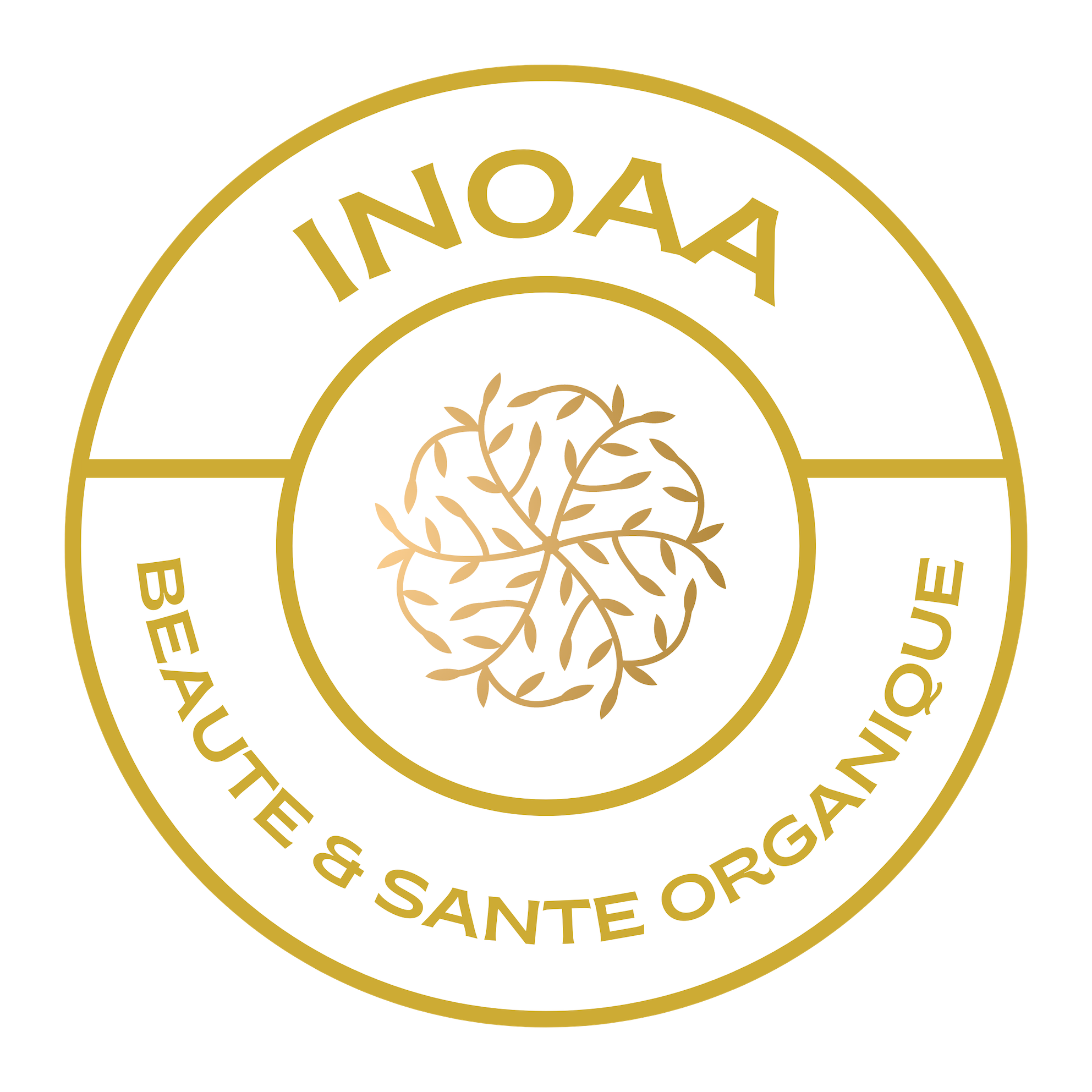INCI “Controversial / at risk” in the following categories:
Baby cleansing milk, Baby care set, Diaper cream, Baby cleansing water, Baby massage oil, Baby care oil, Nose hygiene, Baby milk and moisturizing cream, Liniment, Physiological serum, Treatment for cradle cap, First teeth care, Talc and powder, Baby bubble bath, Baby gift set, Baby shower gel and cream, Baby bath oil, Baby cleansing foam, Baby solid soap, Baby shampoo, 2 in 1 baby shower shampoo, Wipes box, Wipes baby disinfectants, baby cleaning wipes
“Not great” in all other categories.
- Origin(s): Synthetic
- Other languages : Fenossietanolo, Fenoxietanol
- INCI name: PHENOXYETHANOL
- EINECS/ELINCS number: 204-589-7
- Classification: Regulated , Alcohol , Conservative
TO KNOW
Phenoxyethanol is a synthetic preservative known by the acronym EGPhE, widely used in cosmetics and increasingly controversial. Since 2012, the ANSM (National Agency for the Safety of Medicines and Health Products) has recommended that this preservative not be used in cosmetic products intended for babies and that its maximum content be set at 0.4% for other products intended for children under 3 years old. She also denounces its liver toxicity, its potentially harmful effects on reproduction as well as a number of other inconveniences: the conclusions of the 2012 ANSM report are alarming.
In its opinion of May 2018, the Temporary Specialized Scientific Committee (CSST) responsible for the re-evaluation of phenoxyethanol at the European level, concluded: "The recommendation by the Ansm of non-use of phenoxyethanol in products cosmetic products intended for the seat must be maintained. It is desirable to extend it to wipes which are very usually also used to clean the seat of young children. In all other cosmetic products intended for children aged 3 years or less, the maximum concentration of. phenoxyethanol could remain at 1%." The CSST would therefore follow the ANSM for wipes but not for concentration. In any case, legally, phenoxyethanol is still authorized in baby wipes!!!
Biodegradable: Yes. Phenoxyethanol is considered readily biodegradable because biodegradation greater than 60% was achieved within 10 days of the start of biodegradation. (*)
Bioaccumulative: No.
Log Kow 1.16
Log Kow 1.16
Restriction in Europe: V/29
The maximum concentration authorized in a ready-to-use preparation is 1%.
The maximum concentration authorized in a ready-to-use preparation is 1%.
Its functions (INCI)
- Antimicrobial: Helps slow the growth of micro-organisms on the skin and prevents the development of microbes
- Conservative : Inhibits the development of microorganisms in cosmetic products.
This ingredient is present in 33.42% of cosmetics.





